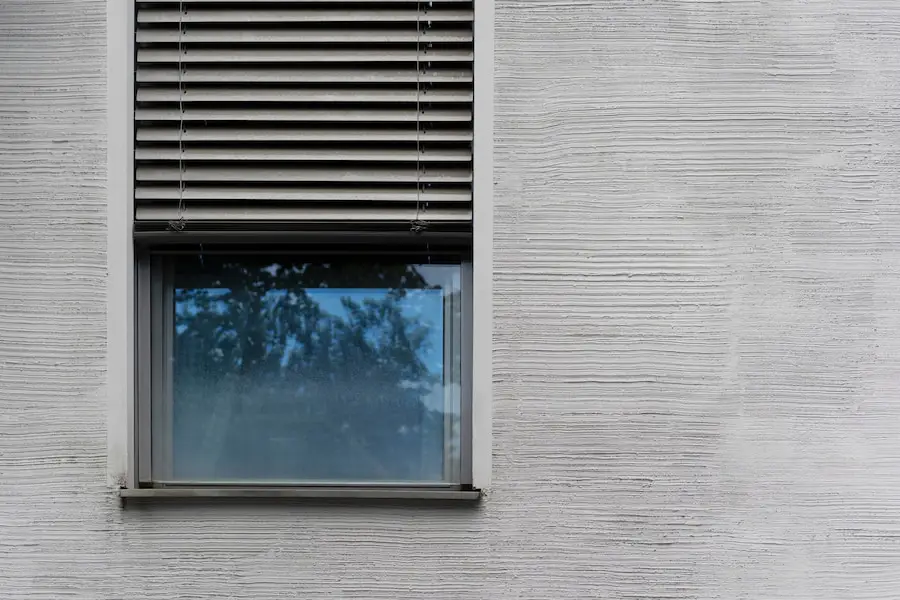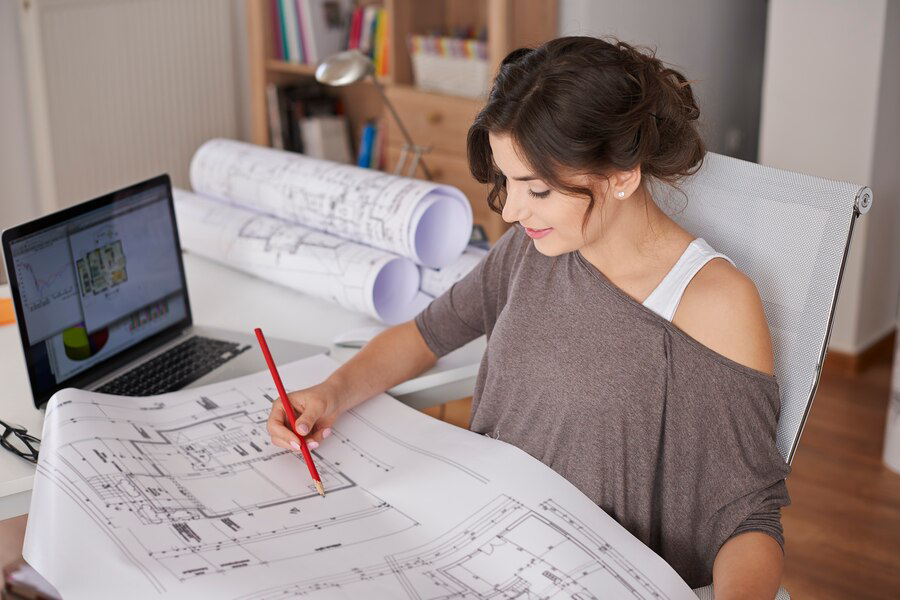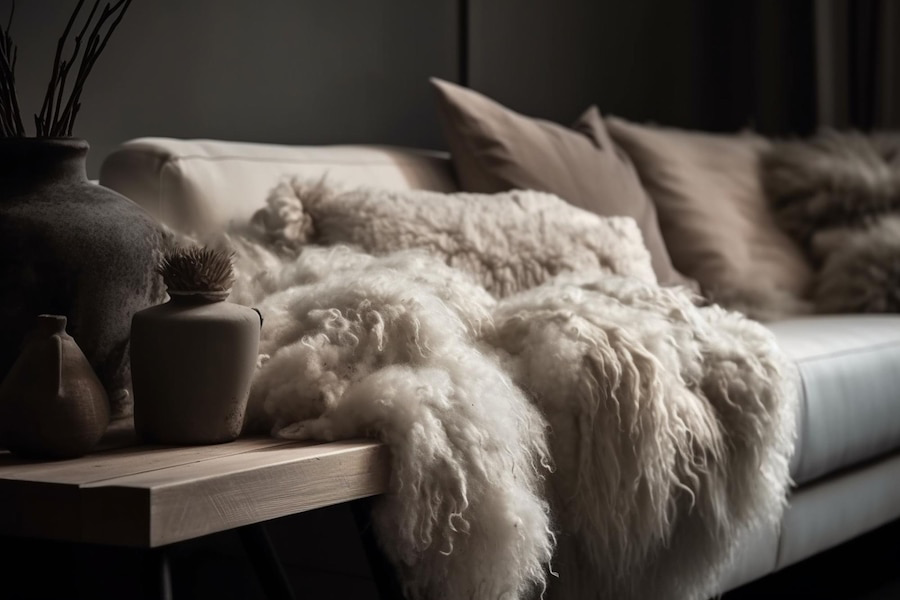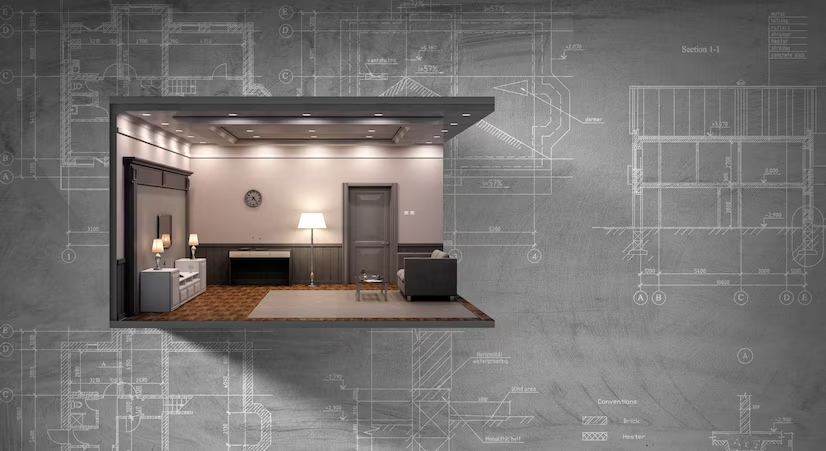Revamp Your Home with Accessories: A Deep Dive into Interior Design Essentials
Your home reflects your personality, and accessories are the perfect way to add the finishing touches that tie everything together. You can transform any room into a functional and visually appealing space with decorative pillows, elegant wall art, and other carefully selected pieces. In this article, we will explore the key role of accessories in revamping your home and how they can make a significant difference in creating a space that exudes charm and style. Let us show you how accessories can give liveliness to your house. Why Do Accessories Matter? Accessories are a crucial aspect of interior design, serving several essential purposes: They inject personality into your home by reflecting your unique style and character. They create visual harmony in a room, ensuring all elements work together seamlessly. Accessories are incredibly versatile, making it easy to switch them out and adapt your space for different seasons or moods. Accessories offer a budget-friendly way to refresh your home without requiring significant renovations. The right accessories can evoke emotions and set the mood in a room, making them a powerful tool in creating a welcoming and inviting atmosphere. Now, let’s explore how to effectively incorporate interior design accessories into your home. Choosing the Right Accessories The key to revamping your home lies in selecting the right accessories that align with your design goals. Here are some essential aspects to consider: Color Palette and Themes When selecting accessories, it’s crucial to consider how you want your space to feel. The color scheme of your accessories should harmonize with the room’s overall ambiance. For example, if you aim for a serene and calming atmosphere, you might opt for a soft blues and greens palette. Conversely, bold and contrasting colors could be the way to infuse energy and vibrancy into your space. The bright colors can evoke specific emotions and set the tone for your room. Exploring various themes is an exciting way to inject personality into your space. Whether it’s a coastal theme that brings the tranquility of the beach to your living room, a bohemian theme that exudes free-spirited creativity, or a minimalist theme that champions simplicity and clean lines, your choice of accessories can emphasize these themes. By selecting accessories that resonate with your chosen style, you can create a cohesive and visually striking environment that tells a unique story. Scale and Proportion Achieving the perfect balance is an art. Ensure that your accessories are appropriately scaled for your room. In a small room, oversized accessories can feel overwhelming, crowding the space and making it seem smaller. Conversely, tiny accents may get lost in a spacious area and fail to make the desired impact. It’s about finding that ‘just right’ size that enhances your space without dominating it. Think of proportion as the orchestra conductor of your interior design. Aim for a balanced proportion between your accessories and furniture. For instance, a substantial sofa can be complemented by larger accessories like a coffee table or a substantial piece of wall art. On the other hand, delicate furniture pieces may call for more modestly sized accessories. Texture and Materials Incorporating a variety of textures and materials is the secret sauce of interior design. It’s like adding layers to a painting, creating depth and visual interest. Imagine mixing the sleek smoothness of glass with the earthy warmth of rustic wood or the plush comfort of soft fabrics. These contrasting textures not only look appealing but also invite tactile exploration. They make your space more inviting and captivating. When it comes to materials, quality is paramount. Invest in high-quality materials for your accessories. This is not just about aesthetics but also about long-term appeal and durability. Well-made accessories not only look better but also stand the test of time, saving you from the need for frequent replacements. Whether it’s the quality of the leather on your sofa cushions or the craftsmanship of a wooden side table, these details can make all the difference. Functionality Your accessories should do more than look good; they should serve a function, too. For instance, a decorative tray on your coffee table can be a stylish organizer for essentials like remote controls, magazines, or even your favorite books. Functional accessories make your space not just beautiful but also practical. Look for accessories that can multitask. In smaller spaces, such as apartments or studios, storage ottomans that double as seating or wall-mounted shelves that act as decor and storage can be invaluable. These multifunctional pieces help you maximize your space and keep it organized. Personal Touch Don’t hesitate to incorporate items with sentimental value. Family heirlooms, travel souvenirs, or gifts from loved ones can add a personal and meaningful touch to your home. These accessories tell a story and create a unique connection between you and your space. Unleash your creativity by including custom-made or handmade accessories. DIY projects can be a fantastic way to infuse your personality into your decor. Crafting your artwork, creating custom pillow covers, or upcycling furniture with unique designs can make your space unique. Lighting Never underestimate the power of lighting accessories. Well-placed lamps, chandeliers, or pendant lights can transform the ambiance of a room. Bright, cool lighting may energize your room while soft, warm lighting can make it feel pleasant and inviting. Accessories like curtains and blinds are not just for controlling natural light but also for enhancing the atmosphere of your space. Sheer curtains can filter soft, diffused light into your room, while blackout curtains can create a tranquil, dimly lit environment. These accessories allow you to master the play of natural light in your space. Must-Have Accessories for Every Room Different rooms call for unique accessories that cater to their specific functions and aesthetics. Here’s a breakdown of the essentials for various spaces in your home. Living Room Throw Pillows and Blankets: Add color and comfort to your seating. Coffee Table Books: Elevate your coffee table with visually pleasing books. Art and Wall Decor: Make a statement with art and mirrors.










